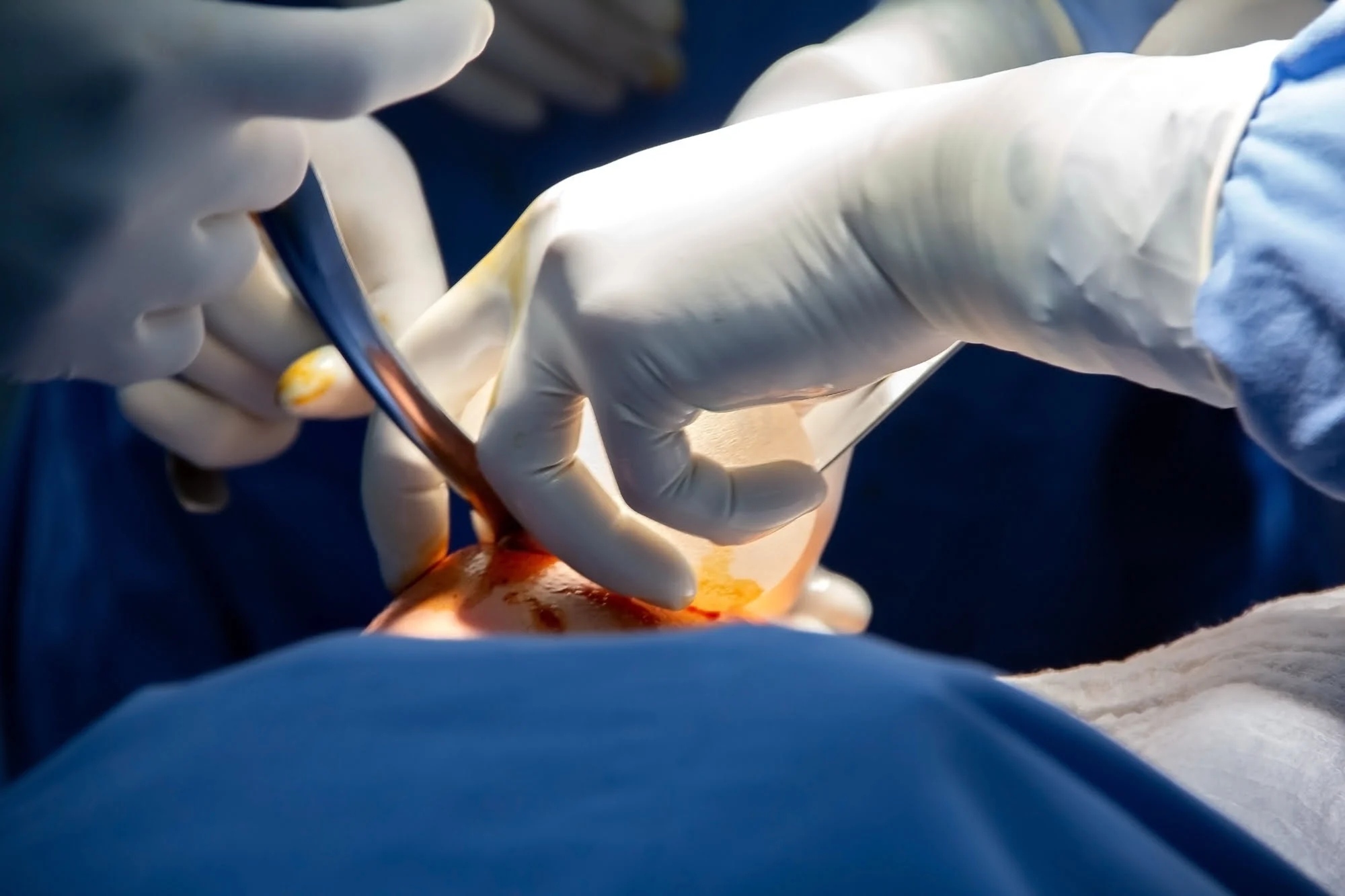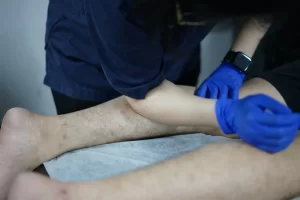Wound healing is a complex biological process, essential to the success of nearly every surgical procedure. Whether it’s postoperative recovery or the integration of implantable devices, effective wound healing can mean the difference between full recovery and chronic complications.
For medical innovators, advanced wound healing preclinical studies provide the critical data needed to unlock safer, faster, and more effective surgical solutions.
Key Takeaways
- Wound healing studies are critical for evaluating surgical products and their impact on tissue recovery and long-term outcomes.
- Effective studies rely on in vivo models and histological analysis to provide insight into each stage of the wound healing process.
- Ultimately, advanced wound healing research enables the validation of cutting-edge technologies, helping bring innovative surgical products to market with confidence.
Table of Contents
Why Wound Healing Research Matters in Surgery
In surgical care, wound management affects patient outcomes, hospital readmission rates, and long-term functionality. Poor healing can lead to infection, scarring, delayed recovery, or device rejection.
This makes wound healing studies an essential part of preclinical research for:
- Sutures, staples, and closure devices
- Surgical adhesives and sealants
- Implantable biomaterials
- Skin substitutes and wound dressings
- Regenerative therapies and tissue scaffolds
By understanding the biological mechanisms of wound repair, researchers can fine-tune products and therapies to support optimal healing.
Key Components of Advanced Wound Healing Studies
Here are the key aspects of wound healing studies:
1. In Vivo Modeling
A critical component of advanced wound healing studies is the use of animal models to closely replicate human physiological responses. These models allow researchers to monitor how wounds heal in controlled environments that mimic clinical conditions such as surgical incisions, chronic ulcers, or trauma wounds.
By simulating the biological environment, researchers can assess healing progression, tissue regeneration, inflammation, and complications such as infection or fibrosis.
2. Histological and Molecular Analysis
The histological and molecular analysis involves the microscopic and molecular evaluation of wound sites. Histological analysis allows for a detailed examination of the wound’s cellular structure, tracking processes like neovascularization, collagen deposition, and inflammatory cell presence.
Molecular techniques, including immunohistochemistry and cytokine profiling, provide additional insight into the biochemical activity surrounding the wound. This helps to determine whether a treatment modulates healing positively or negatively at the cellular level.
3. Comparative Efficacy Testing
Reliable wound healing studies must include comparative efficacy testing. This involves evaluating new therapies against existing standards to measure relative performance.
Time-course studies track how quickly wounds close and how well tissues regenerate, offering a head-to-head assessment of healing speed, quality, and consistency. These comparative data sets are essential for regulatory submissions and clinical positioning.
4. Evaluation of Novel Materials and Therapies
Finally, as wound care continues to evolve, preclinical research must also support the evaluation of cutting-edge technologies. These may include stem cell-based treatments, bioengineered scaffolds, drug-eluting dressings, or smart materials that adapt to wound environments.
Each of these innovations requires tailored testing protocols that assess safety and efficacy, and their ability to integrate with biological tissues and promote natural healing responses.
Collectively, these components form the backbone of advanced wound healing studies. They ensure that new surgical products and therapies are not only innovative, but also evidence-based, clinically relevant, and ready for real-world application.
The Role of Preclinical Facilities in Wound Healing Research
Preclinical research facilities provide the infrastructure, surgical expertise, and analytical capabilities needed for high-quality wound healing studies.
Their role includes:
- Designing custom wound models based on surgical applications
- Conducting longitudinal healing assessments
- Providing detailed histology, imaging, and reporting
- Ensuring alignment with regulatory requirements (e.g., FDA, ISO)
What the Future Holds for Surgical Wound Healing
As technology and biology continue to converge, wound healing research is opening doors to:
- Personalized wound care protocols based on patient-specific biomarkers
- Bioengineered skin substitutes for trauma and burn treatment
- AI-powered healing prediction tools to guide post-operative care
- Regenerative surgical platforms that reduce scarring and speed recovery
Each of these breakthroughs begins with reliable, controlled wound healing studies that demonstrate real-world potential.
Accelerate Innovation with Advanced Wound Healing Studies From IBEX
IBEX offers advanced wound healing studies designed to support the development of next-generation surgical solutions. With customized soft tissue models, expert surgical teams, and comprehensive histological analysis, we help you generate the data you need for regulatory success and clinical confidence.
Partner with IBEX today to bring smarter surgical solutions to life.






